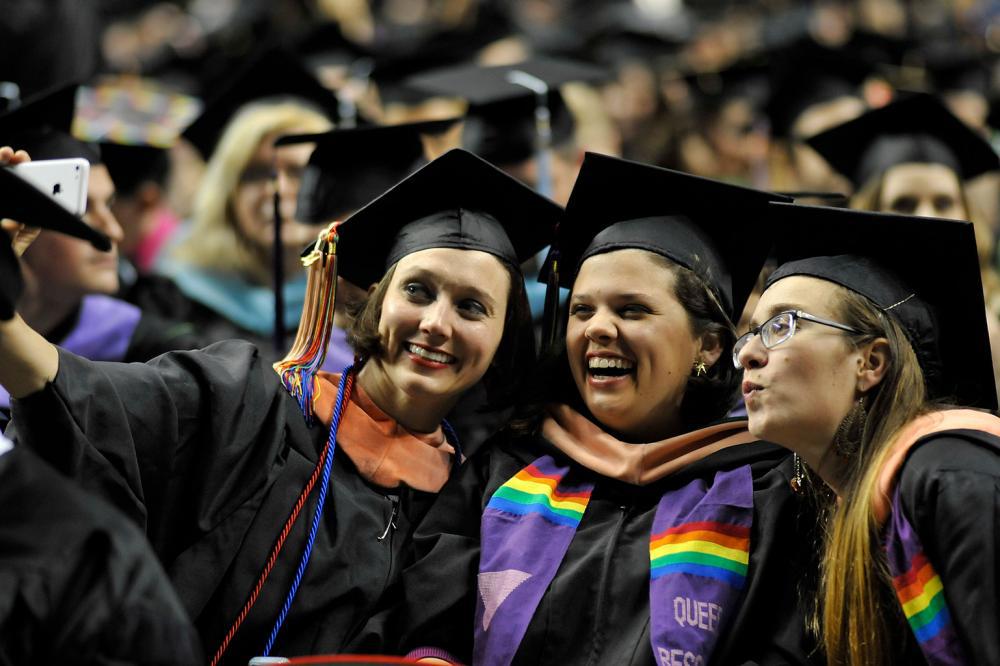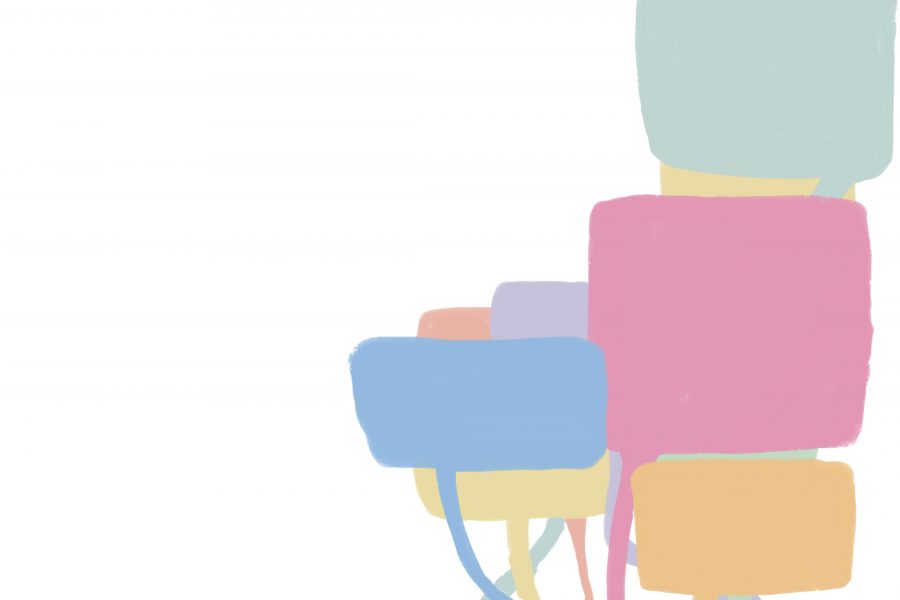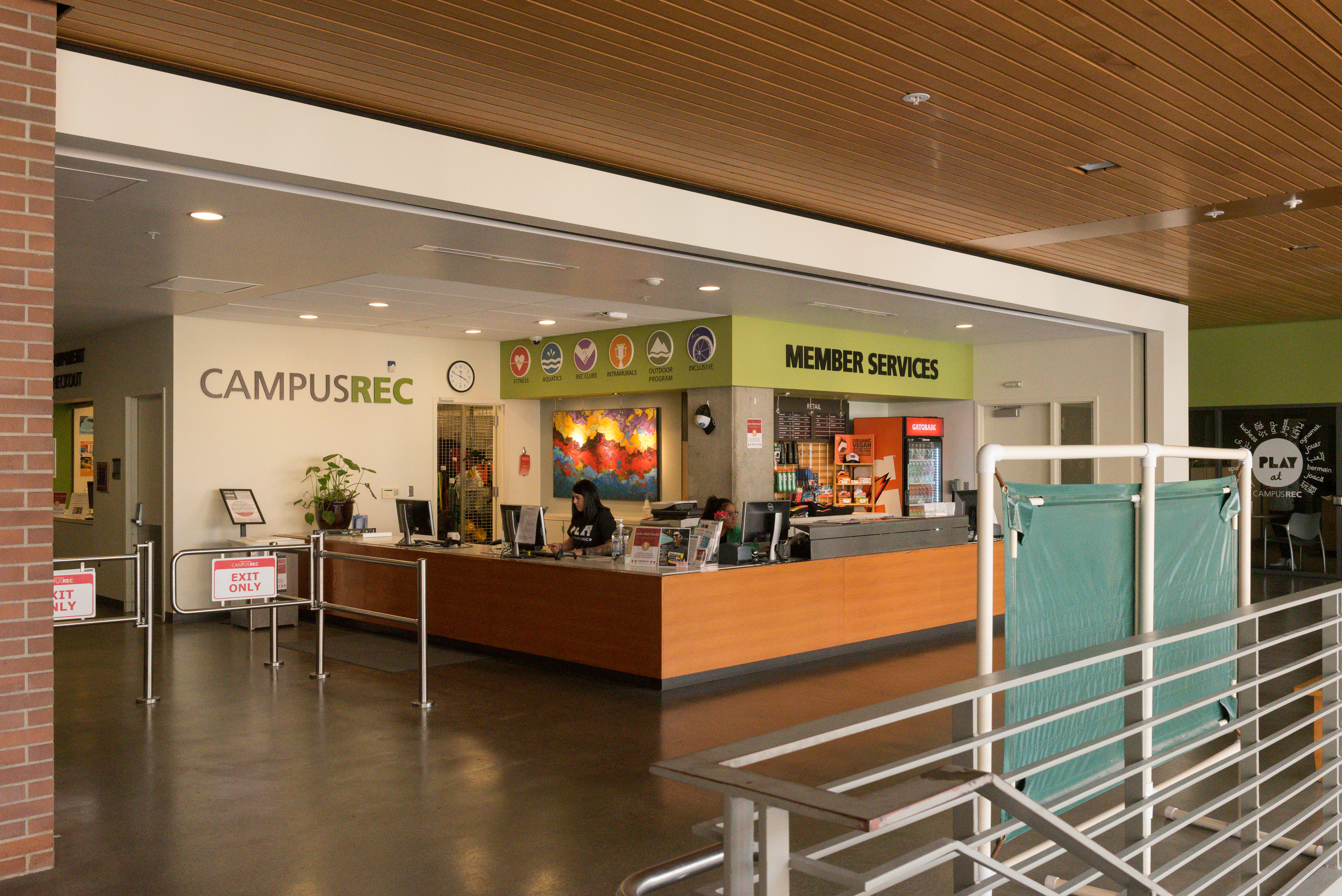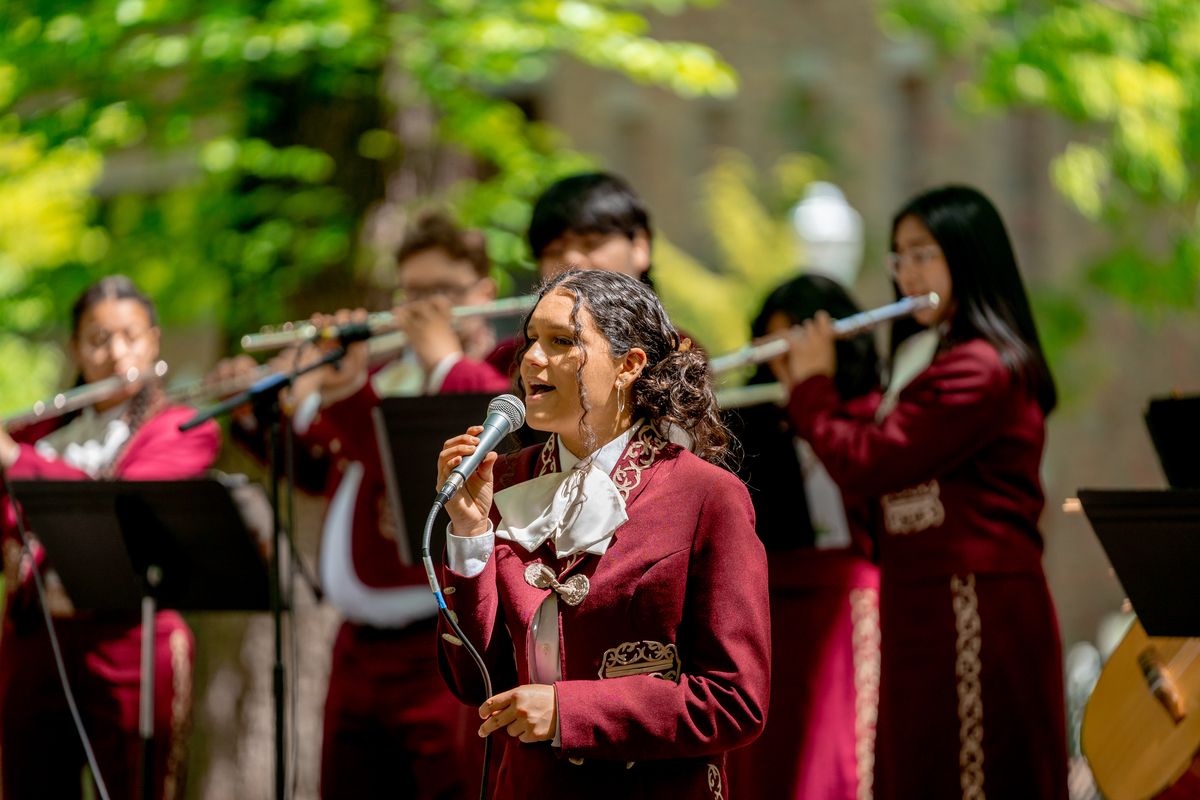PSU Interim President launches initiative to improve student success
Portland State Interim President Stephen Percy has launched a full-scale initiative aimed at improving student success in what they call “the four pillars of success,” which include improving student persistence rates, affordability, academics and student experience.
A Board of Trustees meeting was held on Sept. 24 where Percy and other PSU faculty presented a new campus-wide initiative to improve student retention and graduation rates, increase communication between students and advisors and implement a new Transfer and Returning Student Resource Center that will begin operating this fall.
“Last year, we talked a lot about student success, but much of that was a lead-up to this year,” said Board member Susan Jeffords. “We actually are launching a much more intentional, coordinated, committed, campus-wide effort to set ourselves some ambitious goals to increase student success.”
“I’ve absolutely committed myself,” Jeffords said. “This is the one thing I’m going to be spending my time on during the next year and for the rest of my time here. But I’m really thrilled that [Percy] has signed on to this and decided to make this his super goal. He has lots of goals, but his super goal is to support student success.”
The strategy to achieve Percy and Jeffords’ goals was laid out as “the four pillars of success,” including initiatives toward improving student persistence rates, affordability, academics and student experience.
Each pillar has been assigned two faculty members as chair and co-chair to oversee the pillars’ implementation.
Pillar one: persistence rates
The student persistence pillar seeks to tighten the gap between enrollment and graduation rates. According to Michele Toppe—vice provost for Student Affairs, dean of Student Life and co-chair of the pillar—student persistence will involve the expansion of an already existing program at PSU, which gathers data about individual students and the impediments that keep them from graduating.
“We will employ the use of predictive analytics and other key data in order to provide the right support to the right students at the right time,” Toppe said.
Pillar two: affordability
The affordability pillar seeks to help students with finance-related impediments in order to keep them enrolled through graduation. The chair and co-chair of the pillar will be in charge of finding ways to reduce the cost of textbooks, to effectively inform students about financial resources available and to support students’ financial wellness.
Pillar three: academic success
The academic success pillar will implement new tools in order to assist both professors and advisors in getting students who are struggling academically to seek help they need when they need it.
An “early alert system” was implemented in a number of core classes as part of the academic success pillar. The system will alert professors and advisors about which students may need additional help in order to pass their courses.
The system is part of an effort to help students academically before it’s too late.
“Early alert is, at its core, an opportunity for advising and faculty members to work together to support student success inside and outside the classroom,” said Carla Harcleroad, associate vice president of Advising and Career Services.
Pillar four: student experience
Lastly, the chair and co-chair of the student experience pillar will set out to find ways to help students feel at home at PSU. The pillar intends to help students feel involved and appreciated on campus through physical and digital services, such as cultural resource centers and interactive webpages.
“[The student experience] pillar is about making sure that all of the ways students interact with the campus—whether it’s the physical campus, whether it’s the online system, whether it’s the registration system or the financial aid system—each of those interactions contributes to a student’s sense of belonging,” Toppe said.
The four pillars of student success were put together after a group of faculty members traveled to the University of South Florida to study their comprehensive student success program.
“[PSU faculty] really wanted to figure out what [USF] were doing, how they were doing it and what parts of that could serve as a blueprint for our work here at Portland State,” Toppe said.
Additional tools for student success
Another tool implemented this fall to help increase student success is a Transfer and Returning Student Resource Center, located in the new Fariborz Maseeh Hall.
According to Randi Harris, director of the Transfer and Incoming Student Center, the center will focus on getting non-traditional students connected with all the resources they need, as well as help introduce them to the PSU community.
In an email sent out to PSU faculty and students, Percy stated that many of the services provided in the new Fariborz Maseeh Hall will be aimed at improving student success.
“Maseeh Hall has always stood at the heart of our campus,” Percy stated. “Now it will stand at the center of our student success mission. It will help us support students from the day they walk on campus to the day they walk with their fellow graduates.
Initiatives to bolster student success have been launched in the past, but Toppe highlighted that the work being done today is part of a set of long-term goals.
“This is a marathon, not a sprint,” Toppe said.






